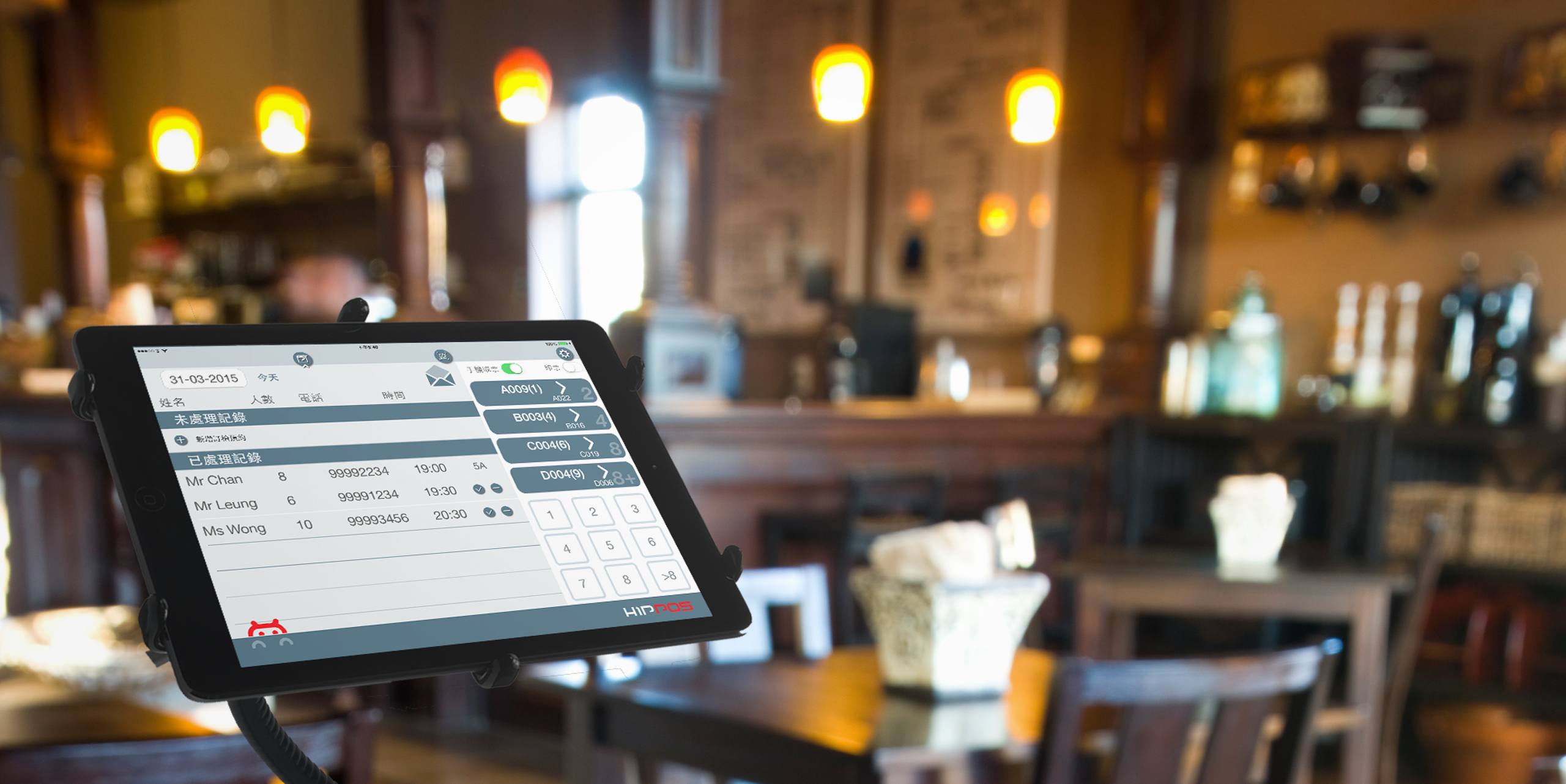How POS Systems Simplify Sales Reporting in Real-Time

In today’s fast-paced business world, staying ahead means having access to information the moment you need it. One of the most powerful tools helping businesses do just that is the Point of Sale (POS) system. More than just a modern cash register, POS systems now offer real-time sales reporting that empowers business owners and managers to make smarter, quicker decisions.
So how exactly do POS systems simplify sales reporting in real-time? Let’s break it down.
1. Instant Access to Sales Data
The biggest advantage of modern POS systems is the ability to access real-time data as sales happen. Whether you’re running a restaurant, a retail shop, or an online store, every transaction is recorded instantly. This allows you to track:
- Total sales per hour, day, or week
- Top-selling items
- Staff performance
- Customer purchasing patterns
With this data at your fingertips, there’s no need to wait until the end of the day to see how your business is performing.
2. Automated Reporting
Manual reporting is not only time-consuming but prone to errors. POS systems eliminate that by generating accurate, automated sales reports. Whether it’s daily summaries, product-specific sales, or profit margin reports, the system does the heavy lifting. You simply choose the type of report you need, and it’s ready in seconds.
This means less time spent on spreadsheets and more time focusing on growing your business.
3. Cloud-Based Convenience
Many modern POS systems operate in the cloud, which means business owners can check sales data from anywhere—on a laptop, tablet, or even a smartphone. You could be on vacation, at home, or traveling between store locations and still monitor performance in real-time.
This cloud access also ensures data is securely stored and backed up, reducing the risk of data loss.
4. Live Inventory Tracking
POS systems don’t just track sales—they also update your inventory levels in real-time. This is incredibly useful for businesses that rely on stock management. As items are sold, the system adjusts inventory levels and provides reports showing:
- What’s running low
- What’s overstocked
- When to reorder
Better inventory insights mean fewer stockouts, less waste, and improved customer satisfaction.
5. Customizable Dashboards and Alerts
Many POS systems offer custom dashboards, letting you decide what sales metrics you want to see at a glance. Want to be alerted when sales drop below a certain level? Or when a product suddenly spikes in demand? Real-time alerts can be set up so you never miss a key performance shift.
It’s like having a virtual manager keeping an eye on your business 24/7.
6. Employee Sales Tracking
Want to see which team member is your top seller or who needs coaching? POS systems can track individual employee sales, helping you reward performance or identify training needs. This data is automatically included in your daily reports, saving you from having to manually review receipts or shift summaries.
7. Improved Decision-Making
With real-time reporting, business decisions are no longer based on guesswork. Want to know if your promotion is working? Check the sales report instantly. Need to reorder stock for a weekend rush? See what’s moving and act fast.
These quick, data-backed decisions give you a serious edge in today’s competitive marketplace.
Final Thoughts
Sales reporting doesn’t have to be a headache. With a modern POS system, it’s fast, accurate, and accessible from anywhere. Whether you’re managing one store or multiple locations, real-time reporting gives you the power to stay informed and make better decisions, all while saving time.






